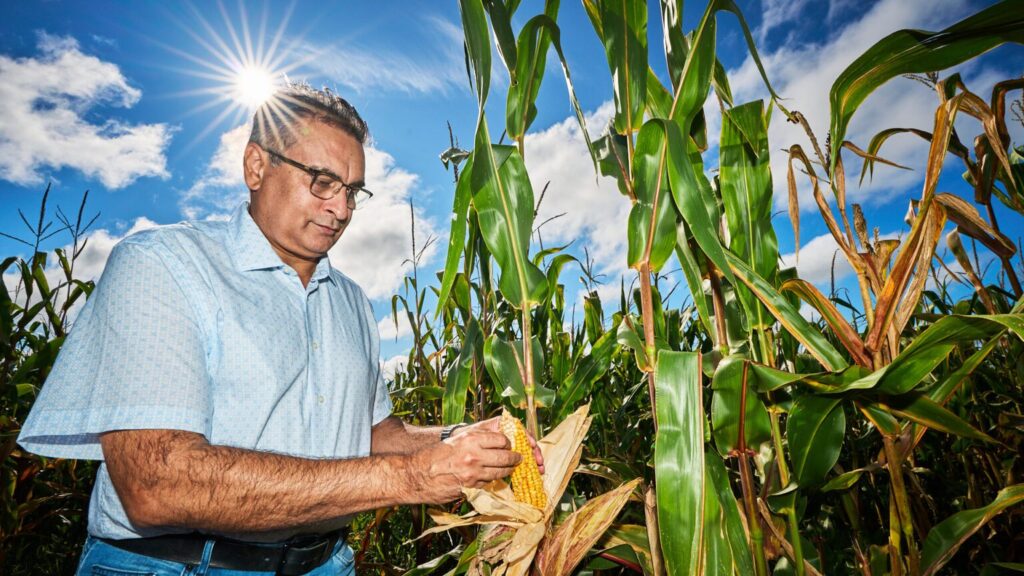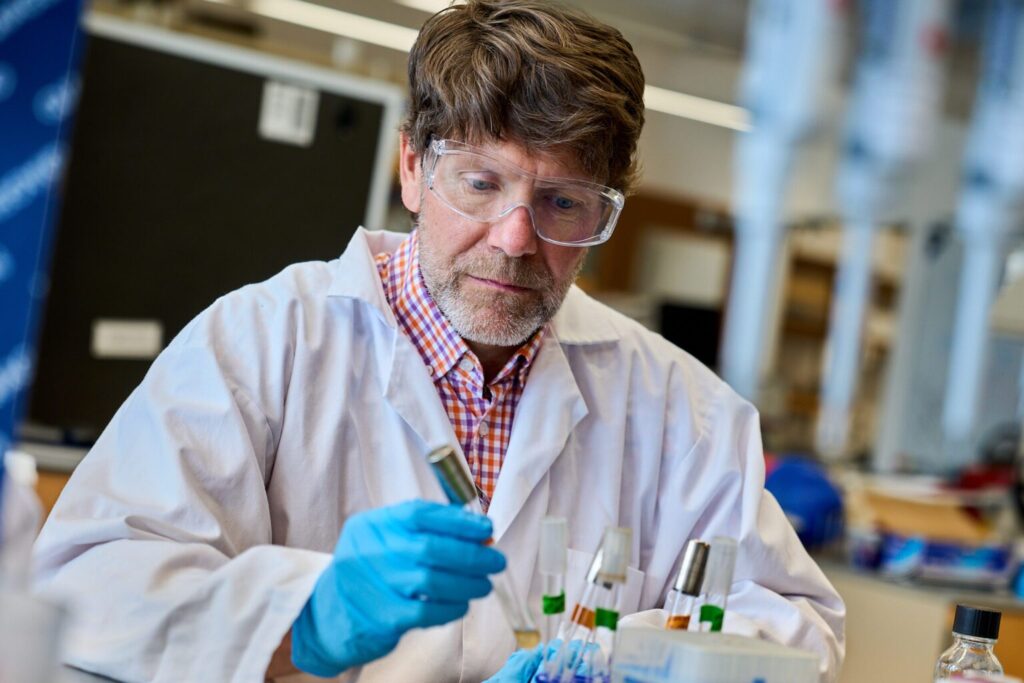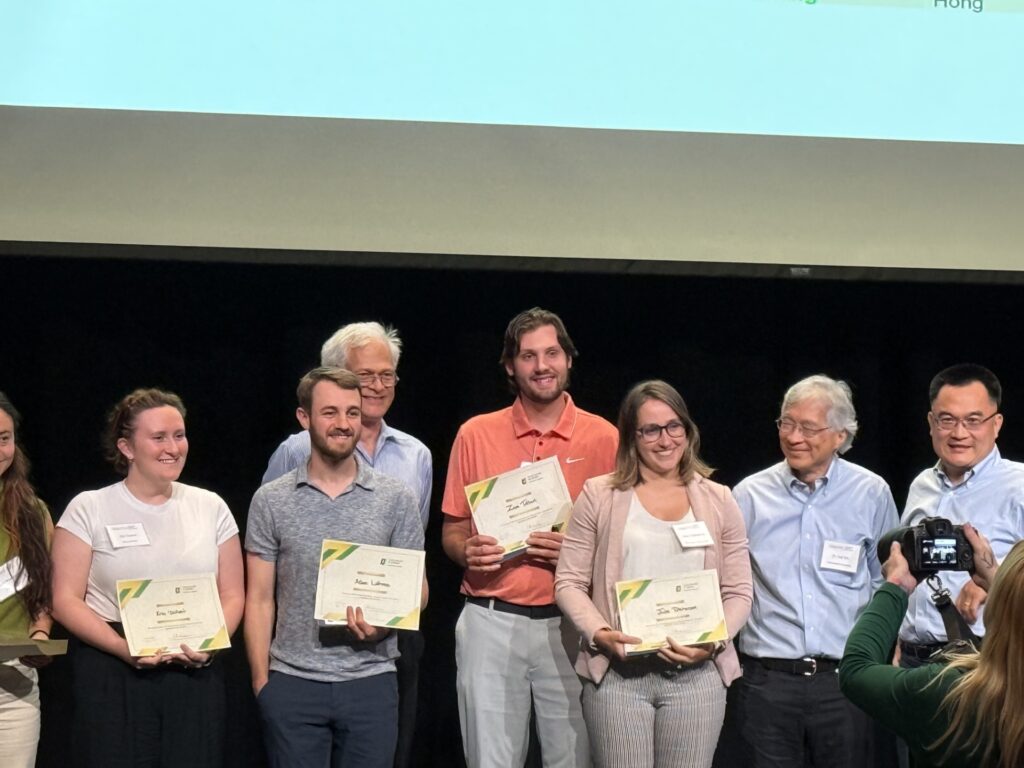
Dr. Rajan Sekhon, Manwinder Brar and Barath Kunduru, recent Ph.D. graduates from the Sekhon lab, published a Plant Cell study identifying metabolites and genes controlling maize leaf senescence titled, “Temporal analysis of physiological phenotypes identifies metabolic and genetic underpinnings of senescence in maize.”
Manwinder Brar was first author on a collaborative study with USDA scientists with an article titled “Untargeted metabolomics reveals key metabolites and genes underlying salinity tolerance mechanisms in maize” in Plant Genome.
Dr. Jennifer Mason and post doctoral fellow Josh Turner published “FBH1 and the replication stress response: Implications for genome stability and cancer” in DNA Repair.
Drs. Trudy Mackay and Robert Anholt published three articles together
- “A Drosophila model for mucopolysaccharidosis IIIB” in Genetics
- “Arsenic toxicity in the Drosophila brain at single cell resolution” in Front Toxicoln (where post doctoral fellow Anurag Chaturvedi is first author)
- “Effects of aging on gene expression networks in the Drosophila Genetic Reference Panel” in Cell Reports
“Ultrastructural expansion microscopy reveals unexpected levels of glycosome heterogeneity in African trypanosomes” by Drs. Heidi Anderson and Meredith Morris has been accepted in the Journal of Microscopy.
Dr. Andrew Jezewski’s paper “Discovery and mechanism of a highly selective, antifungal acetyl CoA synthetase inhibitor” was accepted into Nature Communications.
Dr. Fabio Morgante had three publications:
- ““Comparing statistical learning methods for complex trait prediction from gene expression” in PLoS ONE
- “Improving polygenic prediction from summary data by learning patterns of effect sharing across multiple phenotypes” in PLoS Genetics
- “Improvement of polygenic modeling of blood pressure traits using lifestyle information in the UK Biobank” in GENETICS
“Non-coding RNAs in plant stress responses: molecular insights and agricultural applications” was published in Plant Biotechnology Journal. Graduate student Xiaotong Chen is the first author, Dr. Hong Luo and two of his other students, Zhaohui Chen and Ryan Watts are co-authors of this article.
Dr. Robert Anholt was asked by Chem Senses to write the obituary for well-renowned artist and scientist Bert Menco when he passed earlier this summer after the pair had worked together for years.


































